Insulation for water pipes: the choice and methods of laying thermal insulation of water pipes
The issue of insulation of water pipes is especially relevant among owners of suburban real estate. Often in summer cottages and villages, the owners themselves have to worry about many components of a comfortable stay.
Especially when it comes to houses / cottages with year-round living - you can not do without insulation of communications. And first of all, it is necessary to select and lay a heater for water pipes - without water, as usual flowing from a faucet, it is difficult to enjoy the delights of suburban life.
In our material we will explain why it is worth insulating the water supply and what to look for when choosing a material for thermal insulation.
The content of the article:
Do I need to insulate the water supply?
Often the question of whether it is necessary to insulate the water supply occurs on a frosty morning, when it is already too late - the tap water does not flow. It is in this situation that the homeowner has no doubt about the need for this event.
Indeed, pipe insulation is not always necessary. It all depends on the location of the house, climatic conditions, residence time of residents and the features of laying water utilities.
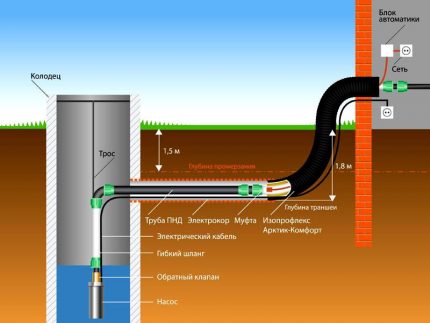
If family members come to rest only in the warm season, then there is no need for insulation. To prevent accidental rupture of pipes due to frozen water in cold weather, when no one is at the cottage, you just need to properly preserve the system, qualitatively preparing it for winter.
It does not require insulation and water, stretched to a sufficient depth. According to the rules, water pipes should be correctly laid to the following depth: 0.5 meters + soil freezing depth in a particular region. This is an important condition that must be observed so that you do not have to redo everything again after the first winter.
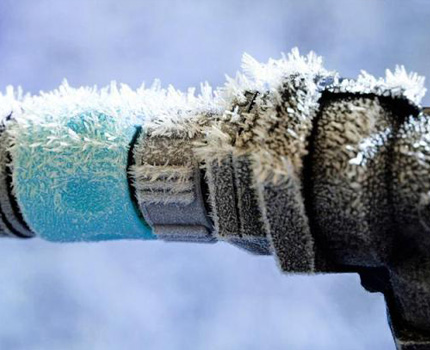
The inhabitants of the northern regions have a freezing level of 2.5 m or more. This greatly complicates the process of deepening the pipeline to the desired level. Yes, and such an event will be expensive. Here you can’t do without warming.
It happens that there is no way to make a trench of the required depth for laying water pipes. In such cases, insulation is a must. Another point is the entrance of the water pipe to the house. This plot in cold weather often receives increased attention from many homeowners. Therefore, you need to take care of the insulation in a timely manner by choosing the right material.
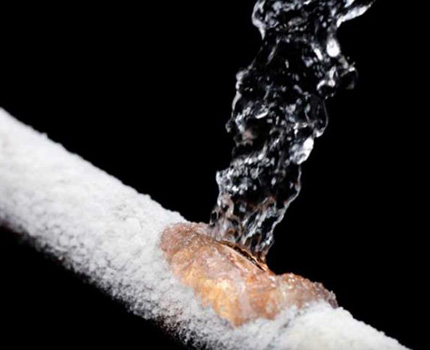
Another place to remember about the pipeline is the entry of the pipe into the well / well. It all depends on the characteristics of a particular water supply system and the arrangement of this site. If this is a well and the pipe is immersed in it, then we must not forget about its insulation, choosing a material resistant to ultraviolet rays and precipitation.
Methods of insulation of water pipes
So that the frost does not damage the water pipes in a private house / cottage / cottage, you have to worry about their thermal insulation in advance.
It is important, even at the stage of laying communications, to consider options for insulation of pipes, and not only water pipes. If this is done in a timely manner, then the costs will be minimal.
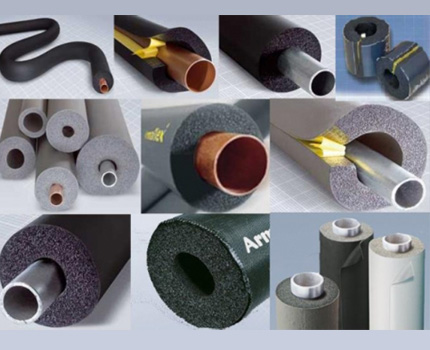
Among the methods of warming a pipeline for supplying water to a house among homeowners, the most popular are:
- extend the pipeline 0.5 m below the freezing level;
- use a heating cable;
- insulate with insulating material;
- provide an air gap;
- buy a finished factory pipe;
- apply several methods at once.
Most often, more than one method is used. So, if the water pipes are deep, then the area responsible for entering the house still needs to be insulated. Therefore, the most optimal option is selected for him in order to secure the local water supply system.
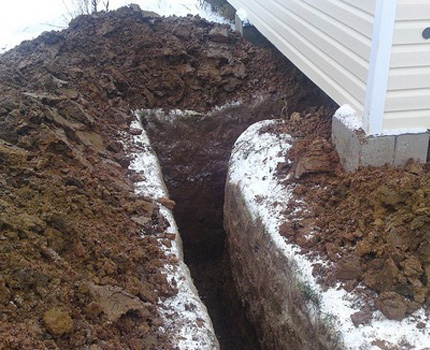
The heating cable is widespread due to the simplicity of laying and high-quality performance of the functions assigned to it.
Depending on the type of installation, 2 types of cable are distinguished:
- outer;
- interior.
The first is mounted on top of the water pipe, and the second is inside. It is securely insulated and made of safe materials. It is connected via a heat shrink sleeve to a conventional cable with a plug or to the machine. Read more about the heating cable for water supply Further.
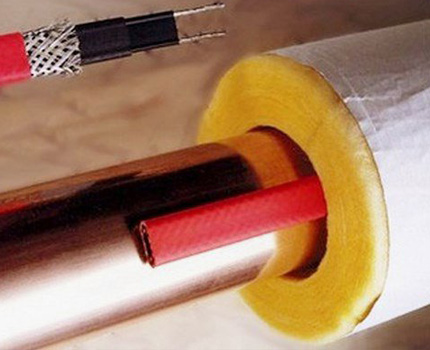
There are a great many thermal insulation materials on the market. They all differ in their properties, quality, price, installation difficulties and service life.
Which one to choose depends on the specific situation.
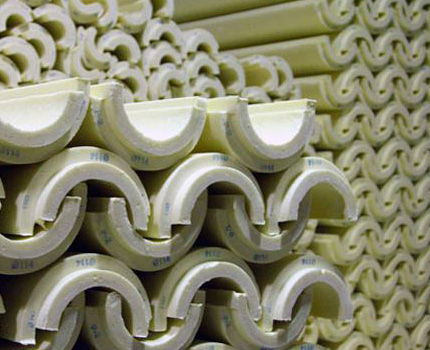
An air gap method is also often used. It is a water pipe placed in a cheap smooth plastic or corrugated pipe of a larger diameter.
Inside, there is free space for the circulation of warm air entering from the insulated basement or heated in another way.
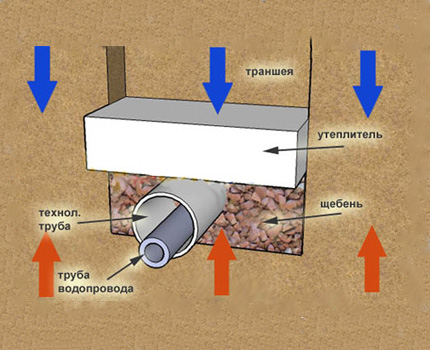
Another option is to purchase ready-made insulated pipes of factory origin. They are sold fully ready for installation.
They are 2 pipes of different diameters, placed in each other. Between them is a layer of insulation. Often this method of insulation is called pre-insulation.
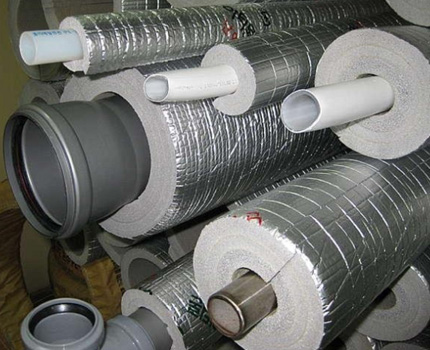
The use of several methods of pipe insulation is due to the fact that all methods are imperfect and it will not be possible to apply them in all cases. The conditions of use in various households located in all regions of the country are radically different from each other. Therefore, to choose an option that is suitable for specific requirements.
Alternative insulation options
There are alternative methods of thermal insulation that prevent the occurrence of adverse effects. They are not applicable in all cases. Firstly, you can remove all the water from the system - there is no water, there is no problem. This method is applicable for homes not used in winter. It will help protect the system from damage in case of freezing water pipes.
Secondly, you can ensure the constant movement of water in the pipeline by opening a little tap. This is not difficult to do with permanent residence. But the option is dangerous - all of a sudden you have to leave home for a couple of days, and upon return there will be a surprise in the form of a damaged water supply.
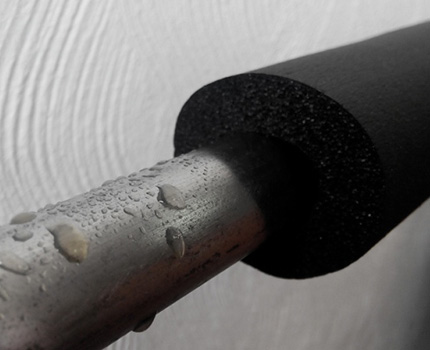
In addition to the ajar tap, it is possible to provide constant pressure in the pipeline in other ways. For example, use a special pressure boosting pump water in the system or add another element - the receiver. It should be cut into the pipe immediately near the pump. The receiver will maintain constant pressure, which will protect the system from freezing.
How to choose a heater for pipes?
If there is no way to hide water pipes into the soil to the required depth or if individual nodes go to the earth's surface, then you have to choose a heater that is ideal for thermal insulation of water pipes. To do this, you have to choose the most optimal option, suitable for specific requirements.
Classification of types of thermal insulation
The market for thermal insulation materials abounds with offers. Among them, we can distinguish time-tested options and the latest offers, which are distinguished by a higher price.
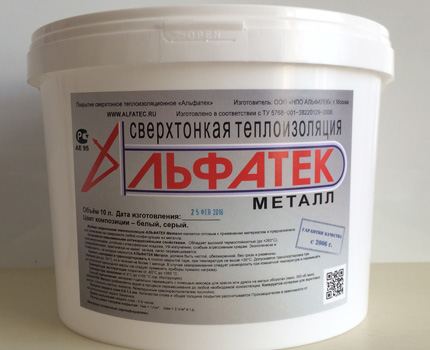
Insulation for pipes can be divided by type of material into the following groups:
- fibrous, including mineral wool, fiberglass. This is not the best option for water pipes, because it will require additional waterproofing;
- polyurethane foam, available in solid and liquid state. This is the most popular option for warming water pipes - both shells and liquid spraying;
- heat-insulating paint, which appeared on the market recently. It, in addition to the main function, perfectly protects metal pipes from corrosion, but is an expensive material;
- polystyrene, used as a heater less often, it is very brittle;
- foamed polyethylene, well-established due to its excellent performance and ease of installation.
Paint is a new word in the world of liquid heaters. It contains special inclusions that provide excellent thermal insulation.
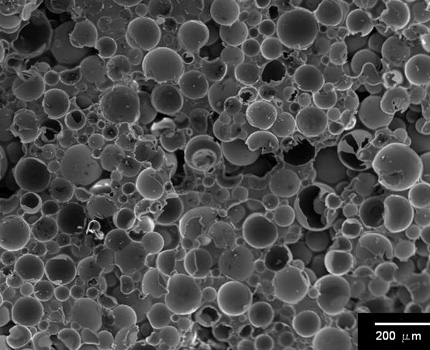
Material Selection Rules
When choosing the right material for the insulation of a local water supply system, you should focus primarily on the quality of the insulation. Indeed, among the offers you can see many inexpensive options that are attractive at a price. Here you need to carefully study the accompanying documentation and consider the appearance of the proposed product.
It often turns out that the cheapest option will not save water pipes from freezing. Therefore, no matter how limited the budget is - the quality of the insulation, this is not something to save on.
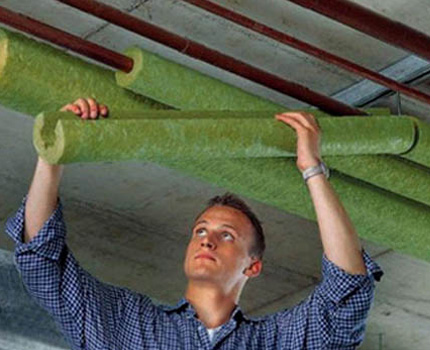
In addition to quality, the insulating material must meet the requirements for it:
- to withstand the conditions in which he has to fulfill his functions;
- to be simple and convenient to install, if you have to install yourself;
- have a long service life and protection from rodents and other pests;
- the price should be suitable, because the prohibitively high cost is not always justified for a certain material.
Sometimes it is necessary to additionally choose an option for waterproofing the insulated pipe in order to protect the material from getting wet, thus ensuring a long service life.
Most often for home use choose foamed polyethylene and polyurethane foam. These materials are not of the highest cost and ease of installation. They allow you to do all the work with your own hands, spending a minimum of effort - the fasteners are simple, and the manufacturer offers a suitable material for fastening the parts together.
How to install thermal insulation?
You need to think about the thermal insulation of the local water supply at the stage of its construction. This is the right time to calculate, buy and lay everything. Moreover, if a team is working on the site, then it will take care of all questions of implementation. It is important for the owner to express their wishes about the type of material, its price and be sure to check that everything is done according to the wishes.
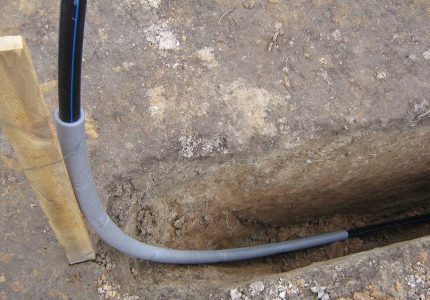
If you have to deal with insulation yourself, then, in comparison with the planning and calculations of the water supply system, this will turn out to be a simple task.
Depending on how and where the pipeline passes and which sections to be insulated, the actions themselves on laying the insulation will depend. The most common option is when the pipes go below the freezing depth or slightly higher. In the first case, they do not need to be insulated, and in the second - they select the most convenient option. Here the length of the pipeline also plays an important role.
Most often, a heating cable is laid on the water pipe. This is especially true in areas of entry into the house. During the installation of the cable, they use the recommendations of the manufacturer of this product, placing the turns at the required distance.
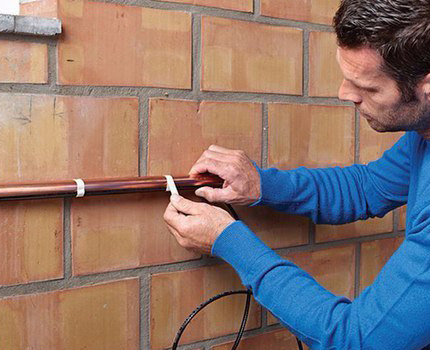
Then, a layer of insulation is placed over the attached cable, fixing it properly. It can be polyurethane shells or foam plex segments. Having fastened the parts of the insulation to each other, you need to carefully glue the joints with a special adhesive tape.
Also on our website there is an article on how to properly produce water insulation in the ground. We recommend reading it.
Pipeline sections located in the basement are also insulated. To do this, take liquid polyurethane foam. And applied to the surface of the pipes. This should be done carefully, using personal protective equipment - you need to protect your hands, eyes, avoid contact with mucous membranes and respiratory organs.
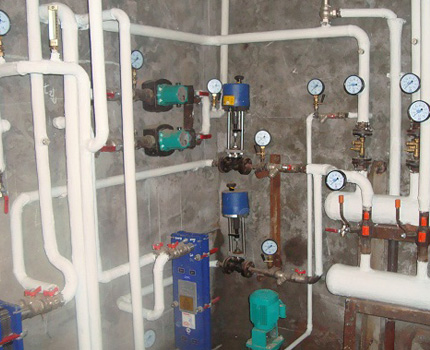
After drying, it remains to apply a protective paint to the surface of the polyurethane foam coating. This will protect against environmental factors and extend the life of the insulation.
Conclusions and useful video on the topic
The heating cable for heating the water supply can be completely installed with your own hands. How to do this in detail tells the video:
Is it worth giving preference to cheap material for pipe insulation: in the video clip, comparison of two options:
In addition to ready-made blanks for thermal insulation, you can buy sheet material. It’s not difficult to work with him - all the nuances are indicated in the video:
Video clip on how to insulate the water supply for the winter:
A wonderful option for pipe insulation is the use of a heating cable. The main features are described in the video:
Having studied the issue of choosing a heater and comparing the real needs of your water supply, you can choose the most optimal option.Moreover, many types of materials for insulation can completely do the installation yourself.
Even a novice will be able to deal with the intricacies of the process and follow the basic recommendations. Own warming will not only save on attracting specialists, but also be sure of the quality of work performed.
Have questions about the topic of the article? Please specify them in the box below. Or maybe you had to deal with the insulation of the water supply? Then share your experience with our readers. Tell us which of the insulation was chosen and why.

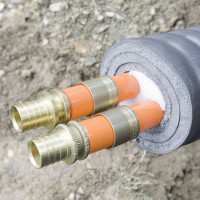 Water supply insulation in the ground: rules for thermal insulation of external branches
Water supply insulation in the ground: rules for thermal insulation of external branches 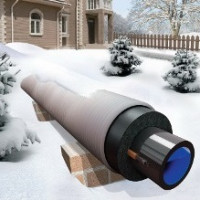 Water supply heating: the best heating options + analysis of technical features
Water supply heating: the best heating options + analysis of technical features 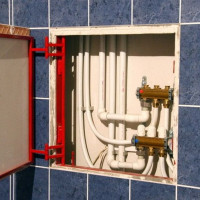 Water distribution in a private house: design rules + an overview of the best schemes
Water distribution in a private house: design rules + an overview of the best schemes 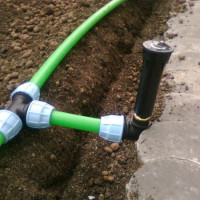 How to organize a summer water supply in a country house: laying and arranging a water supply for irrigation
How to organize a summer water supply in a country house: laying and arranging a water supply for irrigation 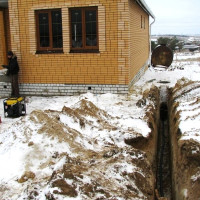 How to organize the introduction of water into the house: the choice of water supply method + arrangement options
How to organize the introduction of water into the house: the choice of water supply method + arrangement options 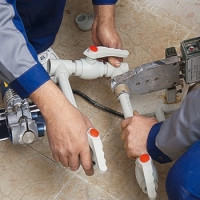 Do-it-yourself polypropylene plumbing: everything about installing a system of plastic pipes
Do-it-yourself polypropylene plumbing: everything about installing a system of plastic pipes  How much does it cost to connect gas to a private house: the price of organizing gas supply
How much does it cost to connect gas to a private house: the price of organizing gas supply  The best washing machines with dryer: model rating and customer tips
The best washing machines with dryer: model rating and customer tips  What is the color temperature of light and the nuances of choosing the temperature of the lamps to suit your needs
What is the color temperature of light and the nuances of choosing the temperature of the lamps to suit your needs  Replacement of a geyser in an apartment: replacement paperwork + basic norms and requirements
Replacement of a geyser in an apartment: replacement paperwork + basic norms and requirements
I initially carried out water supply below the freezing level, as described in the article, by the way (I noticeably got a meter). Nevertheless, he insulated the pipe with broken plastic anyway. We have been using the new water supply system for 5 years and nothing freezes. If a chance arises, be sure to try them out in practice.
And I did not know that I had done everything in science. As written here, insulated. Only a concrete box was installed in the trench and expanded clay was poured instead of crushed stone, as well as polystyrene crumb was poured into a hollow pipe of a larger diameter and laid foam on top and then covered with a lid and covered with earth. But brother, when we are building a house, we will use a heating cable. I think it will be less expensive.
I have been living in a private house for the third year. I spent 2 winters there, I have to pay a lot for gas, but the water in the pipes never froze. Now I am actively engaged in warming (they make walls and roofs, spraying on windows, we complete the vestibule). Tell me how appropriate it is in my case to also insulate the pipes if the water does not freeze. Will it help to save on gas consumption (a double-circuit boiler and works for heating water)?
I don’t see any point in warming the water supply if your pipes do not freeze in the winter. This means that the pipeline is laid below the depth of freezing of the soil. If we are talking about the hot water pipeline in the house, then it is also not cost-effective to insulate it, this will not affect gas saving in any way.
It is better to insulate the most problematic areas in the house, call a specialist who, with the help of a thermal imager, will check through which section of the house the most significant heat leak occurs, start insulation from it. Or you can buy such a device yourself, it will come in handy in the future if you intend to insulate yourself qualitatively. Infrared thermal imager costs about 200-250 dollars.